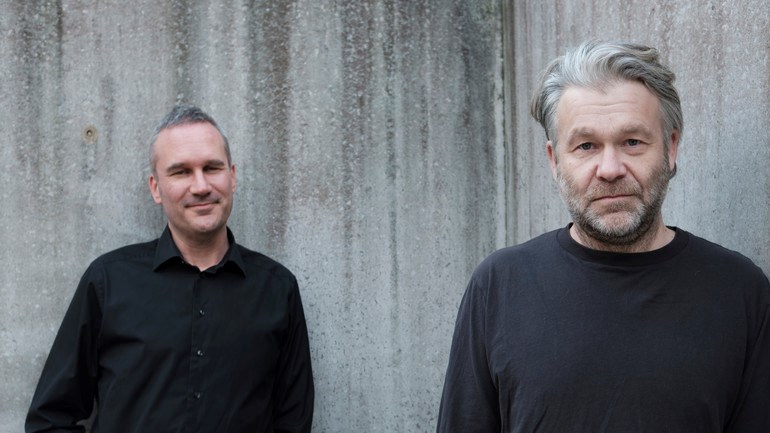Parents’ new relationships can cause delinquency among children

"It is important to point out that we are talking about relatively small differences here. It's not as if you become a criminal just because your parents get divorced," say Björn Johnson (left) and Robert Svensson (right).
What is the relationship between young people's risk of ending up in criminal environments and their family make up? Researchers at Malmö University have investigated this and also the implications of what they do in their free time in two studies.
Previous research shows that young people who grow up in families where the parents are separated, commit crimes to a greater extent.
...the connection to crime among young people was stronger in an asymmetric family constellation, that is, where one parent has met a new partner.
Robert Svensson
“We know that living with both parents has a protective effect, but in this study we wanted to look at it in more detail and examine a broader spectrum of family constellations,” says Björn Johnson, a professor of social work.
“We were inspired by an interesting study in family sociology where it was investigated in a way that we don't usually do in criminology: where you usually settle for comparing on whether the young people live in a nuclear family or whether the parents are divorced,” says Robert Svensson, a professor at Department of Criminology.
The survey was conducted between 2016 and 2019 and included 3,838 young people in year 9 in the south of Sweden. The study confirmed that there was a link between youth crime and broken families, but two interesting exceptions were discovered:
In cases where the children lived alternately between their parents where either both or neither parent had met a new partner – where there was a symmetry between the newly composed relationships – no increase in negative outcomes was seen. In contrast, the connection to crime among young people was stronger in an asymmetric family constellation, that is, where only one parent has met a new partner.
“We do not know why it looks this way, but one possibility is that it has to do with conflicts that can arise when one parent meets a new partner while the other parent is still single. It is interesting that similar results have been seen in sociological studies where the relationship between family constellations and psychological well-being has been examined,” says Svensson.
The other study, looked at to what extent there is a relationship between structured and unstructured activities and crime and the use of cannabis among young people.
Structured activities are organised, for example, sports training where adult leaders are present. Unstructured activities are when young people socialise more aimlessly and without adults participating; where social control is weakened, and the involvement of the adult world is not present.
“It is already well known that unstructured activities are a risk factor for young people when it comes to crime and cannabis use. What we wanted to investigate was whether we saw any differences for these young people when they engaged in structured activities a few times a week,” says Johnson.
As expected, negative outcomes were reduced when structured activities were introduced. Interestingly, sports activities seemed to have the strongest protective effect, compared to, for example, music, dance and theatre. One hypothesis is that sports are often time-consuming – taking time away from potentially more destructive habits.
“We do not really know what it is about the structured activities that act as a buffer against crime and drugs. Maybe it is because you build stronger bonds with those you meet at training than at theatre class? We would like to investigate this further,” says Svensson.
Text: Magnus Erlandsson & Adrian Grist
More about the research and the researchers
Articles about the research: